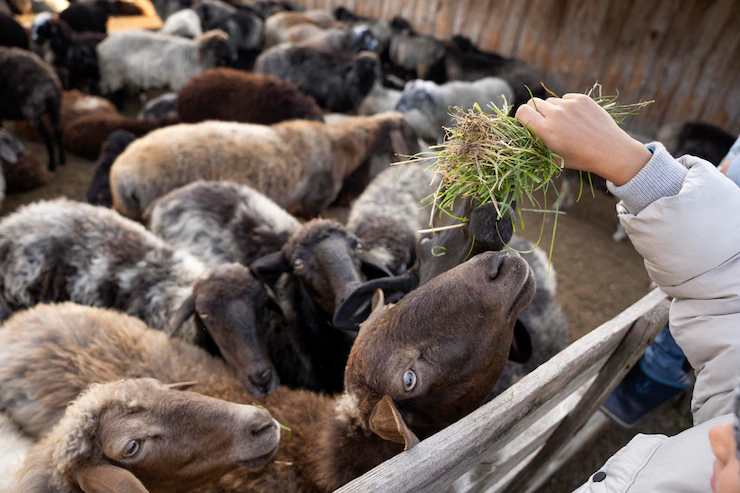Sustainable livestock farming practices aim to minimize the environmental impact of livestock production while ensuring the welfare of the animals and the economic viability of the farm. Here are some key practices that promote environmental stewardship in livestock farming:
- Rotational Grazing: This practice involves moving livestock between different pastures or paddocks to allow for the rest and recovery of vegetation. Rotational grazing helps prevent overgrazing, promotes healthier pasture growth, and reduces soil erosion.
- Agroforestry: Combining trees and shrubs with livestock farming can provide multiple benefits. Trees provide shade for animals, reduce soil erosion, and improve air and water quality. Agroforestry systems also sequester carbon, contributing to climate change mitigation.
- Manure Management: Proper management of animal waste is crucial for environmental sustainability. Implementing techniques such as composting, anaerobic digestion, or vermiculture can help convert manure into valuable fertilizers while reducing greenhouse gas emissions and preventing water pollution.
- Efficient Feed Conversion: Livestock efficiency in converting feed into meat or dairy products directly impacts the environmental footprint of farming. Balancing animal nutrition, optimizing feeding practices, and utilizing locally sourced, sustainable feeds can help improve feed efficiency and reduce resource consumption.
- Water Conservation: Livestock farming requires significant water resources. Implementing water-efficient practices, such as installing water-saving systems, improving water storage and distribution, and managing runoff, can reduce water usage and preserve local water sources.
- Biodiversity Conservation: Maintaining and enhancing biodiversity on and around livestock farms is essential for ecosystem health. Preserving natural habitats, creating wildlife corridors, and planting native vegetation can support pollinators, beneficial insects, and other wildlife, contributing to overall ecological balance.
- Renewable Energy Integration: Utilizing renewable energy sources, such as solar panels or wind turbines, can reduce the carbon footprint of livestock farms. Renewable energy can power farm operations, including lighting, ventilation, and water pumping, while reducing reliance on fossil fuels.
- Genetic Selection and Animal Welfare: Breeding livestock for improved efficiency, disease resistance, and adaptability can reduce the environmental impact of farming. Prioritizing animal welfare through proper housing, handling, and healthcare practices promotes healthier animals and reduces the need for antibiotics or other interventions.
- Collaboration and Knowledge Sharing: Engaging with the wider farming community, researchers, and agricultural organizations is crucial for adopting sustainable practices. Sharing knowledge, experiences, and innovations can accelerate the adoption of environmentally friendly livestock farming techniques.
- Monitoring and Continuous Improvement: Regular monitoring of environmental indicators, such as water quality, soil health, and greenhouse gas emissions, allows farmers to identify areas for improvement. Implementing sustainable farming practices requires an ongoing commitment to learning and adapting to new techniques and technologies.
By implementing these sustainable livestock farming practices, farmers can contribute to environmental stewardship by minimizing the ecological impact of their operations and promoting the long-term sustainability of the agricultural sector.
Join 'Farmers Mag' WhatsApp Channel
Get the latest Farming news and tips delivered straight to your WhatsApp
CLICK HERE TO JOIN






